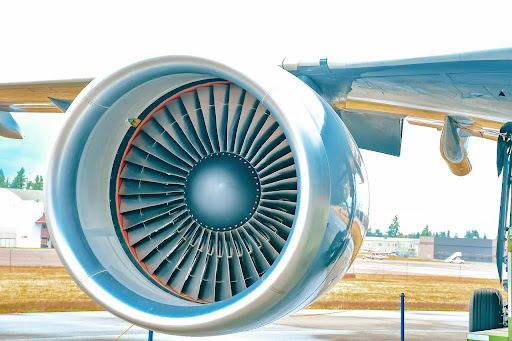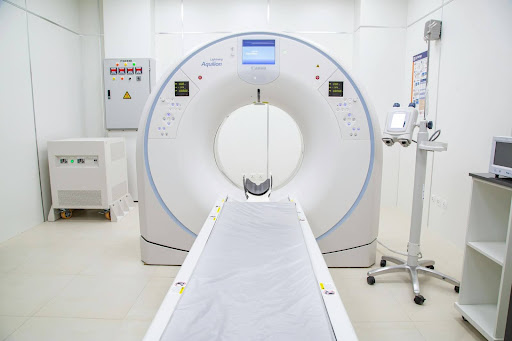Success with precision metal stamping applications hinges on more than just tooling and press design. The material chosen plays a decisive role in performance, reliability, and cost-effectiveness. For engineers and procurement specialists sourcing stamped components, understanding how material properties affect stamping outcomes is key to making the right supplier choice.
Read more »
News
Nothing affects your manufacturing bottom line more than a supply chain that runs smoothly. When it comes to components like metal stampings and drawn wire, you need more than a supplier – you need a strategic partner. Here’s how to make sure your supplier relationship supports agility, precision, and consistent delivery.
Read more »
If you’re located in the UK or Western Europe and seeking a reliable source of custom-drawn wire — be it for aerospace, medical, electronics, or industrial applications — our team in England is ready to help.
Throughout 2025 Ken-tron Mfg., Inc. celebrates an exciting milestone—our 65th anniversary. Since 1960, we’ve built a reputation for excellence in precision wire and metal stampings, serving industries that demand the highest quality and consistency. As we reflect on this journey, we’re proud to recognize the vital role our international customers have played in shaping our company’s growth.
Read more »
In precision manufacturing, finishing techniques are often an overlooked consideration. While much attention is given to the design, material, and fabrication of metal stampings and drawn wire components, it’s the finishing process that often determines how long a part will last, and how good it will look doing its job.
Whether you’re designing for function, form, or both, the finishing method can have a direct impact on product performance, compliance, customer perception, and long-term reliability.
Read more »
Have you been searching through employment listings, but coming up short because you want more than a job? A great position doesn’t just provide you with a paycheck today, it sets you on the path for a solid and fulfilling tomorrow.
Ken‑tron Manufacturing is hiring, and we are looking for people who are as excited about building a great future as we are.
Read more »
Understanding the drawn wire process helps buyers make informed sourcing decisions and better appreciate the craftsmanship and engineering behind the final product. Drawn wire plays a critical role across countless industries such as:
Read more »
 There are times when standard components just won’t meet project needs. Custom metal stampings offer a reliable and efficient solution. From aerospace systems to consumer electronics, industrial equipment to medical devices, manufacturers often face application demands that require more than off-the-shelf parts.
There are times when standard components just won’t meet project needs. Custom metal stampings offer a reliable and efficient solution. From aerospace systems to consumer electronics, industrial equipment to medical devices, manufacturers often face application demands that require more than off-the-shelf parts.
Custom metal stampings from Ken-tron provide precision-engineered solutions designed to your exact needs and requirements.
What Are Custom Metal Stampings?
Custom metal stampings are formed components produced through a range of stamping processes such as:
Read more »
In demanding aerospace manufacturing applications, ensuring the integrity and performance of wiring is crucial. Aerospace wires are subjected to a variety of environmental conditions that can significantly impact their functionality and longevity. For those tasked with specifying and procuring these critical components, understanding these environmental influences is essential to ensure reliability and safety in aerospace applications.

Temperature Extremes
Aerospace environments often expose wires to extreme temperatures, from the frigid cold of high altitudes to the intense heat near aircraft engines. Wires must maintain their mechanical strength across these temperature variations. High temperature alloys are commonly used due to their ability to withstand high temperatures without significant degradation.
Read more »
Innovation in the medical device industry is ever-evolving. Driven by the demand for highly reliable, miniaturized, and cost-effective components, metal stampings have emerged as a critical element in the development of these devices.
The Role of Metal Stampings in Medical Devices
 Metal stamping is a fabrication process that transforms flat metal sheets into intricate, three-dimensional components using specialized dies and presses. This efficient process guarantees high precision and consistency, qualities which are non-negotiable in the medical field. Medical stampings are found in a wide range of products, including surgical instruments, implantable devices, and diagnostic equipment. The tight tolerances achieved during the stamping process ensure that each component meets the rigorous standards required for medical use.
Metal stamping is a fabrication process that transforms flat metal sheets into intricate, three-dimensional components using specialized dies and presses. This efficient process guarantees high precision and consistency, qualities which are non-negotiable in the medical field. Medical stampings are found in a wide range of products, including surgical instruments, implantable devices, and diagnostic equipment. The tight tolerances achieved during the stamping process ensure that each component meets the rigorous standards required for medical use.
Read more »
The use of nickel wire in manufacturing dates back over a century to the industrial revolution, a time when materials with electrical properties were in high demand. Known for its corrosion resistance and durability, nickel began being used in alloy production and was found to be well suited for developing applications in the electrical and chemical industries.
Nickel wire remains widely used today, particularly in electrical engineering due to its unique properties, such as exceptional electrical conductivity, thermal stability, and ability to withstand harsh conditions. From the inner workings of electronic components to the development of innovative technologies, nickel wire has proven to be a versatile and reliable resource.
